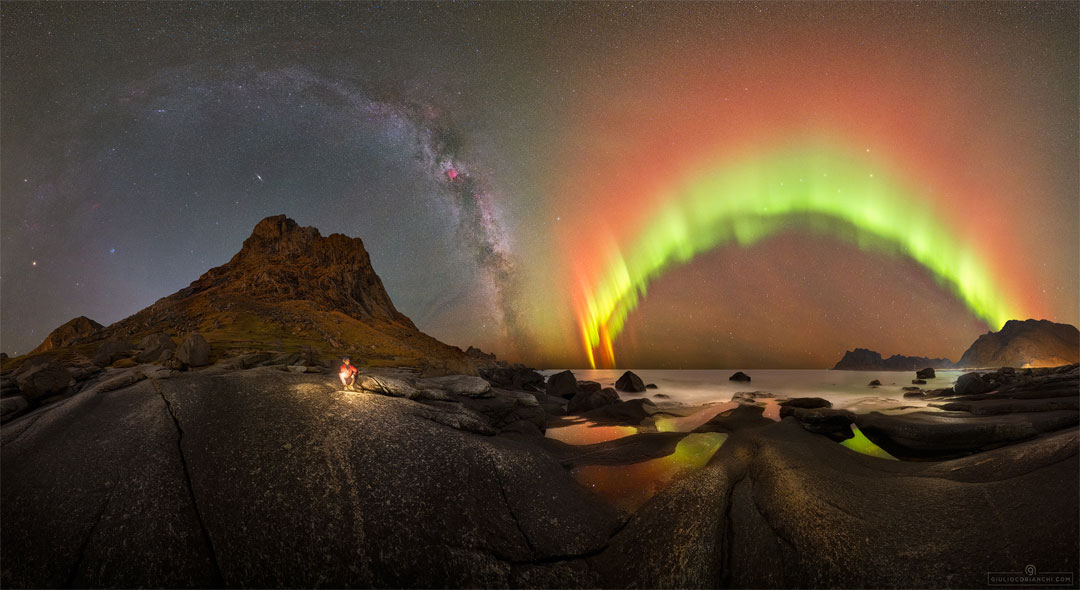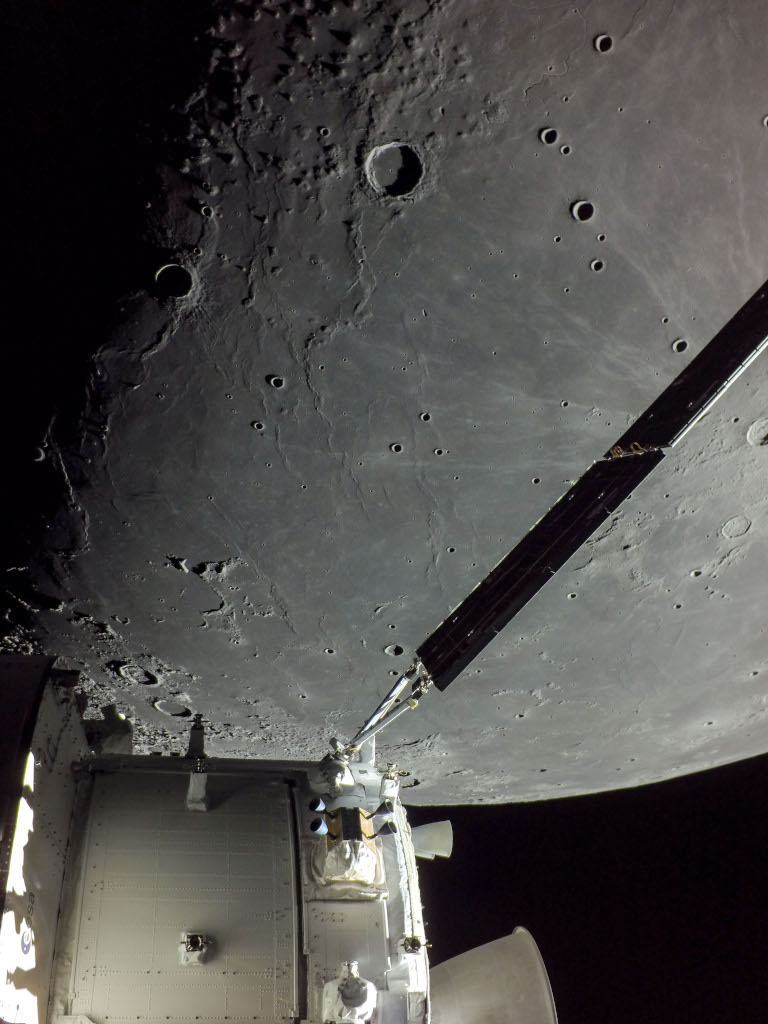La conquète de l’espace (A partir des années 1950)
Si les lunes, les étoiles, les comètes restent des motifs régulièrement utilisés par les joailliers en ce début XXe, il faut quand même attendre la fin des années 50 pour voir un regain d’intérêt pour les bijoux inspiré du ciel. Mais ceux-ci vont prendre un tournant plus spatial avec une raison toute simple : il est temps pour les hommes de conquérir l’espace! Et ça commence par le lancement réussi de Spoutnik 1, le 7 octobre 1957 à exactement 19h28. Ce faisant, les russes inaugurent ce que l’on va appeler le Space Age ! Les bijoux « spoutnik » voient le jour. De tous les types et de toutes les tailles, ils se retrouvent sertis de nombreuses pierres mais peuvent également être tout or. Le bijou fantaisie n’est pas en reste et les créateurs de l’époque embrassent de fait cette tendance ! Cela dit, ces bijoux reprennent aussi le look d’autres satellites qui feront dates dans l’histoire spatiale tels que Luna 1 ou San Marco 1 et même Asterix.
Les années 70 sont riches en pièces évoquant la mission Apollo 11 et on croise ponctuellement chez des marchands spécialisés ou en ventes aux enchères des pièces ayant appartenu à Neil Armstrong par exemple. Des créateurs se sont également inspirés de cette lune devenue moins mystérieuse avec les missions d’exploration successives même si, depuis 69, aucun homme n’a foulé à nouveau le sol du satellite. On peut citer, par exemple, les pièces du bijoutier Tapio Wirkkala dont le travail est largement reconnu et exposé dans les plus grands musées du monde. On pense également aux bracelets en or martelé de Jackie Kennedy Onassis qui rappellent la surface de la lune mais pour lesquels la maison Van Cleef & Arpels a toujours parlé d’influence étrusque.










